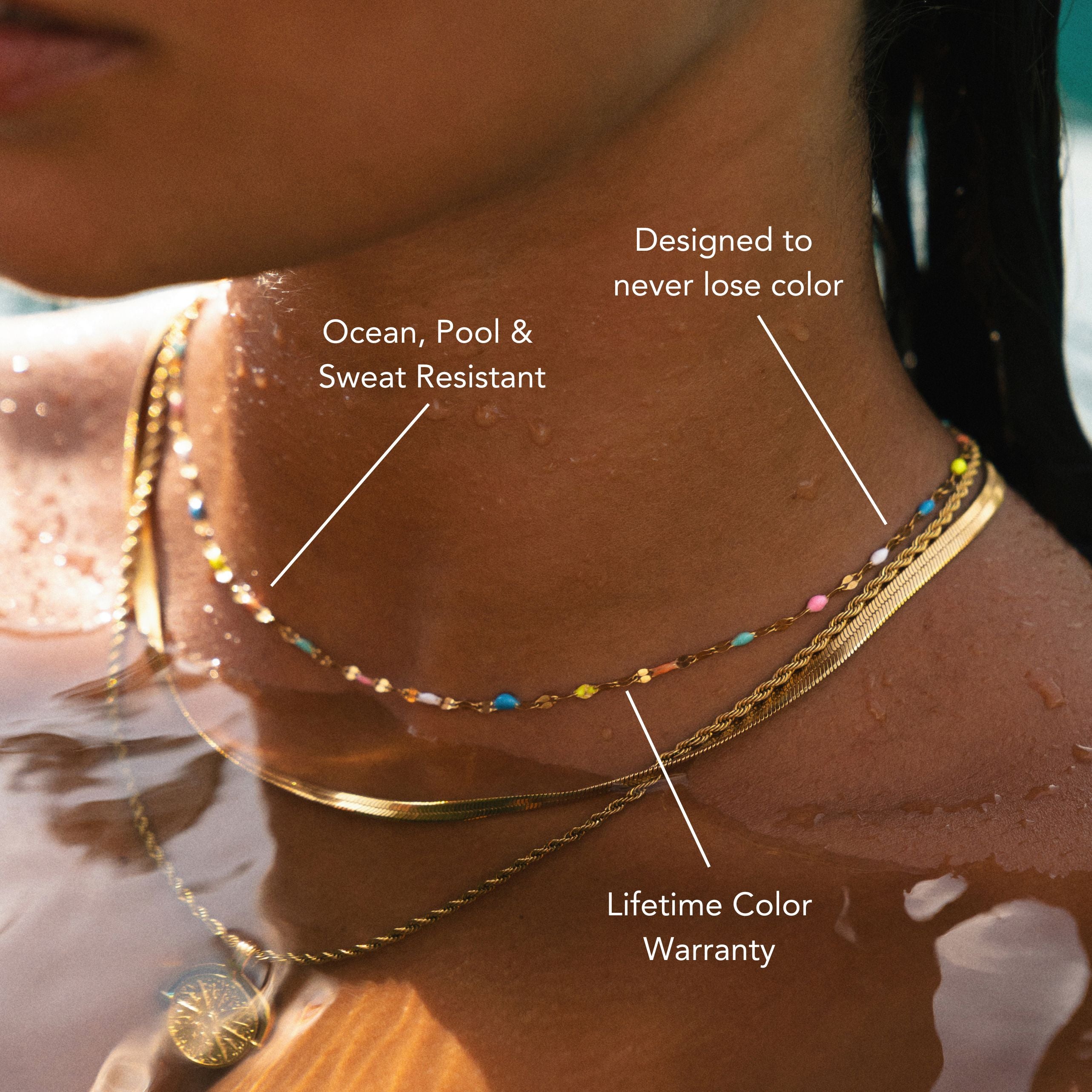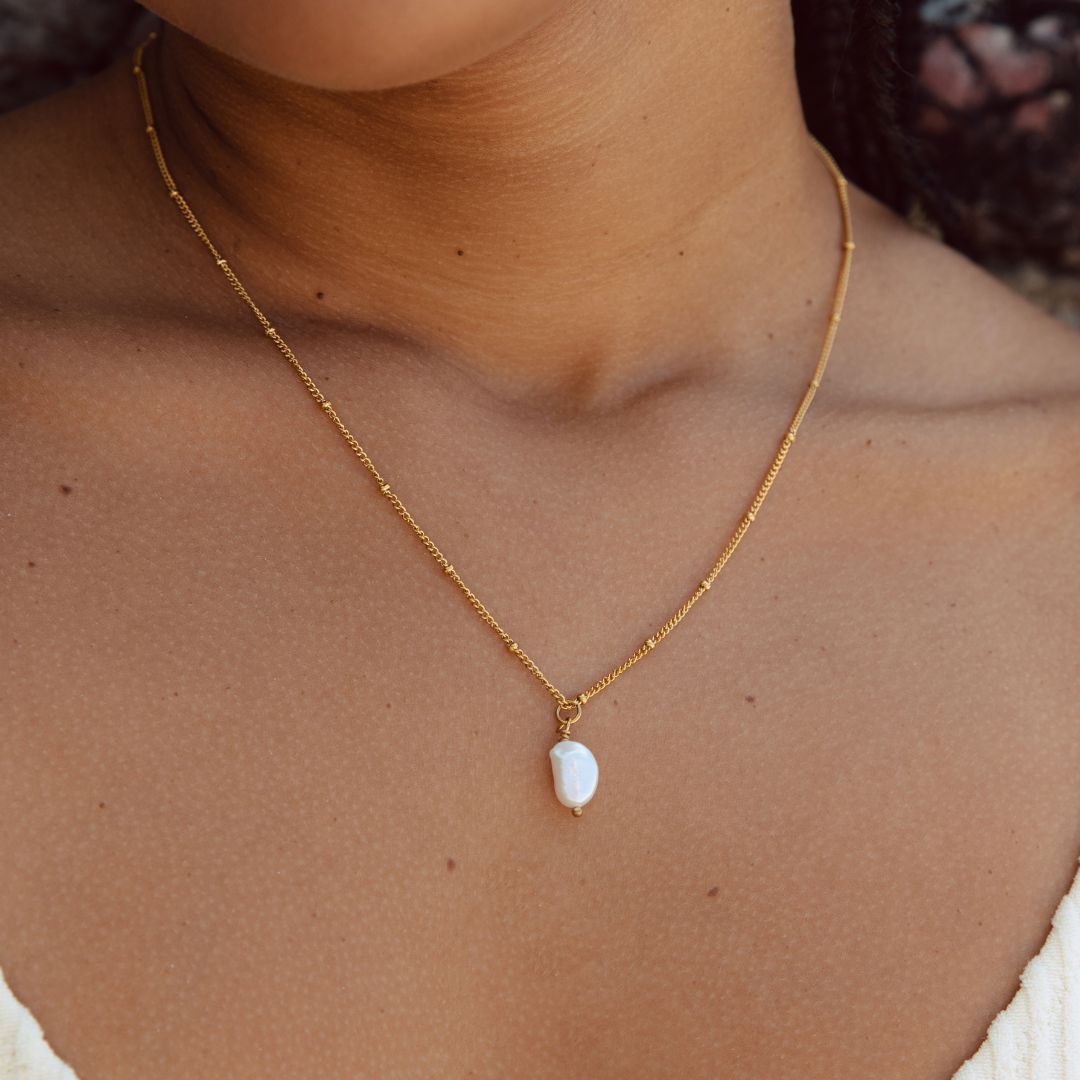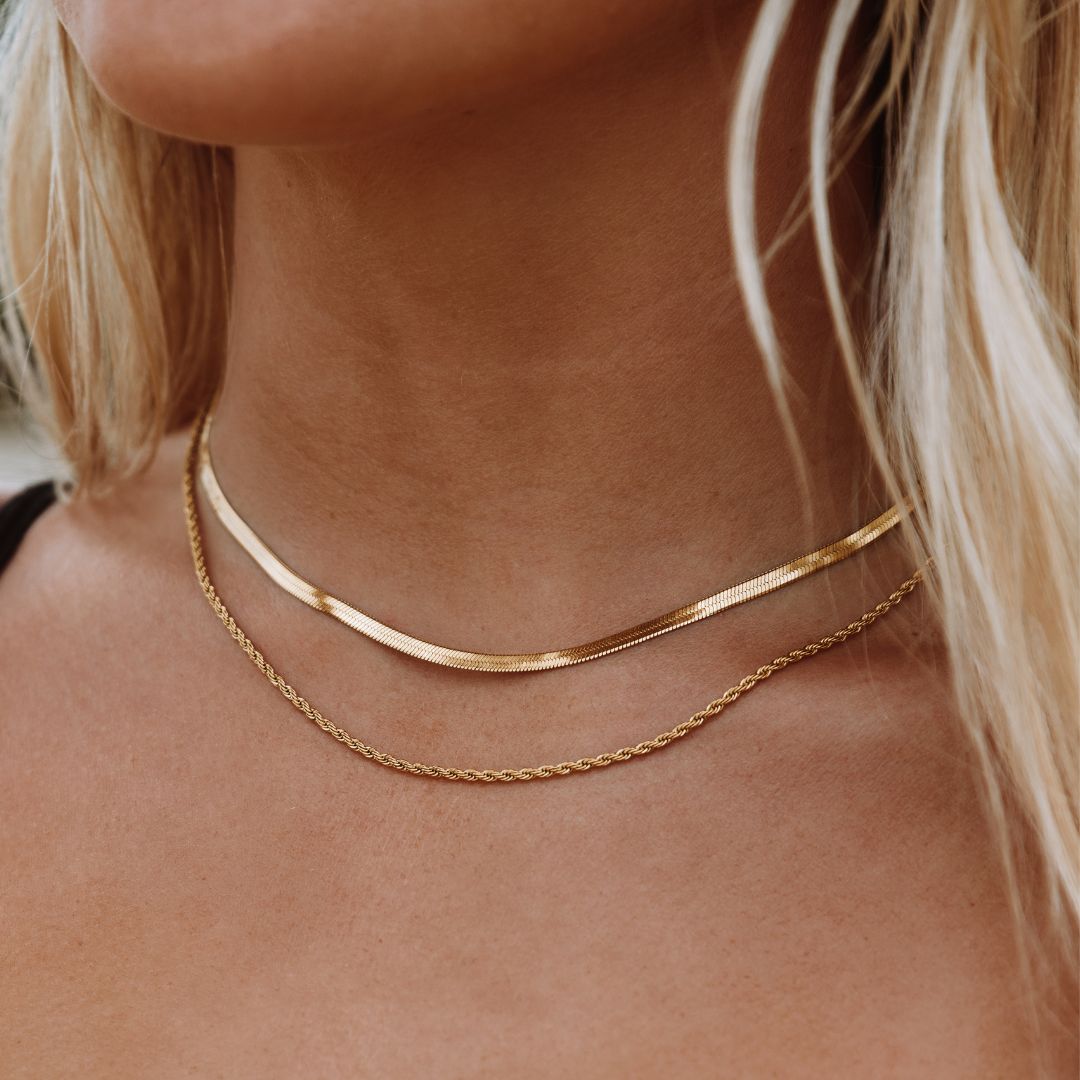Explore the Weird Journey of Sharks Eggs
Different animals in this world produce eggs. It will help them protect their offspring as they develop. When you like to explore the ocean, you have likely stumbled across sharks' eggs before. However, you still haven’t realized how it can be amazing and, at the same time, weird.
Perhaps, you are fascinated with sharks and want to know the journey of sharks' eggs. In this article, you will discover the weird and interesting journey of sharks' eggs in the ocean. In addition, you will also know a small insight into how adult sharks will bring their offspring into this world.
Understanding Sharks Laying Eggs
Oviparity is about the laying of eggs of sharks. It is harnessed by only a small number of shark species for about 30%. There are more than 500 species of sharks that live in waters worldwide, and the majority of them give birth to live young, and they are called viviparous. Since most of the sharks are known to be viviparous for about 70%, their eggs are developed inside the mother.
The eggs are usually palm-sized and come in different shapes, colors, and textures. It usually depends on the shark species, of course. But, in any case, empty sharks' eggs usually wash up on coastlines. And according to some who happen to see it, sharks' eggs look quite different from the usual idea of an egg.
Usually, sharks' eggs come with curly tendrils at the ends or are covered in fibers. Once sharks lay their eggs and the eggs wash up on the beach, you could probably know what species the eggs were from, depending on their shapes and sizes.
Sharks Eggs: Things to Know
Each of the shark's eggs contains an embryo or the baby shark. It also has a yolk sac, which is believed to be the baby’s first meal. The umbilical cord anchoring the shark to its yolk is also very visible.
Sharks eggs are quite different from chicken eggs. They are encased in a watertight and leathery shell designed to keep the baby sharks from predators. The leathery shield is very important because the mother sharks could swim away from their eggs once they lay them. Mother sharks will leave their progeny to look after themselves from the very start. Here are some of the things you should know about sharks' eggs.
The cases come with a material that is quite similar to the hair or fingernails or other forms around the fertilized egg. Though it may be unclear how that shape would be, other guesses are that the gland can be twisted.
Mermaid’s Purse
Provided that sharks' eggs have leathery exteriors and other weird contents, their egg cases that wash up on the coastline are sometimes called “mermaid’s purses.” There are also times that their eggs are called devil’s purses.
Eggs contain the developing baby sharks and a yolk sac from which the young would get nutrition. The egg usually houses one embryo, but there may be multiple embryos in every egg case in other species.
Devil’s Purses
Some shark species lay eggs with long and hornlike appendages on both sides. These are called devil’s purses and are known for their shapes and sizes, like a purse. They also vary from shark to shark.
What Happens When Sharks Lay Their Eggs?
Once sharks are done laying their eggs, the baby sharks are already on their own. They must be ready and watch out for predators. When they come out, they must be prepared to go, feed on their own, and look after themselves because they will not be used to having parents to care for their eggs after laying them.
The mother shark packs a lunch box that is full of nutrients that the embryo can go off. But, just so you know, life is not that easy inside the egg. So others suggest that embryos in shark eggs must reduce having activities when predators are around to reduce that chance of predation.
As some of the theory goes, shark eggs cases come in spiral ridges. It helps in having a good grip among the crannies and rocky nooks where mother sharks usually lay. There’s a chance that sharks' eggs could wedge into rocks so they will not move when there are waves and surge. That said, it would make it hard for predators to get the shark's eggs.
Sharks eggs are also exposed to the sea environment for a while. They can get little coralline algae and other things growing on them. However, some predators also find a way in, like sea snails that are called whelks. They use their proboscis to drill a hole into the egg case because they are after the yolk.
Other Facts about Sharks Eggs
By the time the embryo has wiped out the lunchbox contents, it would take about ten months to hatch. However, like newbie horn sharks, some sharks don’t break completely on an empty stomach. It’s like they have a bit of food reserve internally.
The food would sustain them for a while until they prowl for prey. The good thing is, pups have their maritime nursery that will brim the food of baby sharks. So it goes to show that mother sharks are not careless after laying their eggs. The mother shark would still try to put them in place, where the shark's eggs are safe and develop successfully.
Key Takeaway
Sharks have this reputation that would scare us. Though they seem to be that way, the ocean still needs them as they are at the top of the food chain. They may lay eggs or bear inside them naturally. And when they do, they would just leave the shark's eggs in the ocean.
As humans, we can always do something to protect the shark's eggs. Though it’s not likely that we can encounter these eggs in the ocean, the best thing we can do is take care of the ocean. When we have this kind of mindset, we’re not only protecting the shark's eggs. We are also protecting the entire ocean. Hopefully, the weird journey about shark eggs gave you knowledge about what they’re like. So may you always protect the ocean, as one way of protecting them.
Wearing our ATOLEA Shark-inspired jewelry collection is a very unique and interesting way of showing your love and appreciation with the Ocean. Every design is created out of our shared love with the Ocean.
So check out our Shark necklaces and rings now and feel the Ocean vibe through our accessories all year long!



















Leave a comment
This site is protected by hCaptcha and the hCaptcha Privacy Policy and Terms of Service apply.